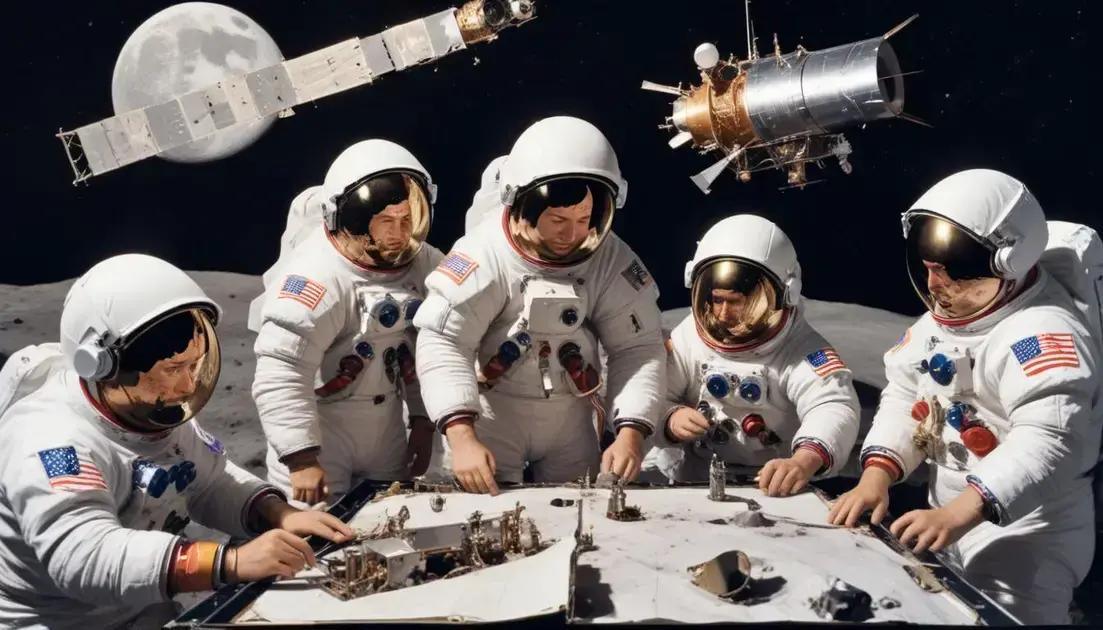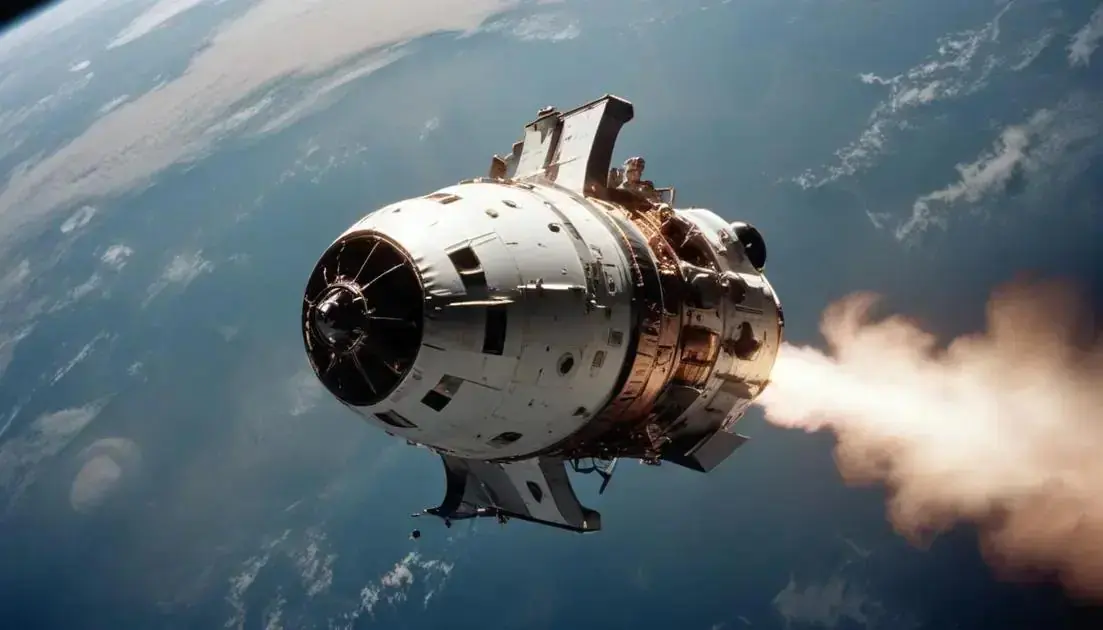
The forgotten heroes behind the Apollo missions
The Apollo program significantly advanced space exploration, inspiring generations and changing cultural perceptions of science and technology. Key innovations included the Apollo Guidance Computer and improvements in communication and materials. The missions helped unite global efforts in space research and left a lasting legacy that influences contemporary scientific endeavors and educational pursuits in STEM fields.
Apollo missions represent triumph and teamwork. Discover the visionary engineers behind this incredible journey that took humanity to the moon…
The Role of Engineers
The role of engineers in the Apollo missions was vital. These skilled professionals worked tirelessly to solve problems.
Engineering Marvels
Engineers designed and built the rockets that took astronauts to the moon. They created parts that needed precision. Every detail mattered. If something went wrong, the mission could be lost.
Teamwork and Collaboration
It wasn’t just one engineer; it was a team effort. Thousands of engineers collaborated across the country. They shared ideas and solved challenges together. This teamwork helped ensure the success of the missions.
Innovations Driven by Necessity
Many engineering innovations came from the Apollo missions. These included advancements in materials, computer technology, and even life support systems. Each new solution opened up possibilities for future space exploration.
Training the Next Generation
Engineers from the Apollo program inspired many young people. Their work showed the importance of education in science and technology. Today, many engineers carry on that legacy, pushing boundaries in space exploration.
Unsung Heroes of NASA
The unsung heroes of NASA are often those behind the scenes. They may not have worn the spacesuits, but their work was crucial.
Support Staff and Technicians
Technicians checked every component before launch. They ensured rockets were safe and ready. Their expert hands made sure everything worked properly.
Mission Control Team
In Mission Control, a dedicated team monitored missions in real-time. They solved problems as they happened. Their quick thinking was key to successful landings.
Researchers and Scientists
Many scientists conducted research to improve missions. They analyzed data and provided insights. Their findings helped design better technology for future trips.
Administrative Roles
Even the administrative staff played an important part. They managed budgets and schedules. Their organizational skills kept everything on track.
Recognizing these unsung heroes is important. Without their hard work, the Apollo missions and many others wouldn’t have succeeded. They represent the heart of NASA’s legacy.
Technological Innovations
Technological innovations during the Apollo missions were groundbreaking. These advancements changed space exploration forever.
Computers on Board
The Apollo missions featured some of the first computers in spacecraft. Engineers developed the Apollo Guidance Computer (AGC). It helped astronauts navigate in space, a big step for technology.
Improved Communication Systems
Communication technology also evolved rapidly. Engineers created systems to keep astronauts connected with Mission Control. This helped ensure safety and success during the missions.
Materials and Safety
Innovations in materials improved safety. New lightweight and heat-resistant materials were used for the rockets. These materials made space travel safer under extreme conditions.
Scientific Instruments
Apollo missions brought many scientific instruments. These tools collected data about the moon. They helped scientists understand our closest neighbor better than ever.
All these technological innovations during the Apollo missions laid the groundwork for future explorations. They showed how creativity and science can solve big challenges.
Cultural Impact of the Apollo Missions
The Apollo missions had a big cultural impact on the world. They inspired millions and changed how we view space.
Inspiring Generations
When Neil Armstrong walked on the moon, it amazed people everywhere. This moment inspired many young minds to dream big. Many wanted to become scientists or engineers.
Art and Media
The Apollo missions influenced art and media too. Films, books, and music captured the spirit of space exploration. These stories reflected the excitement of reaching new frontiers.
Global Unity
Apollo united people around a common goal. Watching the moon landing was a global experience. It showed that humanity could work together for something extraordinary.
Technological Influence
The missions also sparked interest in technology and science. Schools started offering more programs in STEM fields. This laid the groundwork for future innovations.
The Apollo missions left a lasting legacy in culture. They not only expanded our knowledge but also brought hope and inspiration to all.
Legacy of the Apollo Program
The legacy of the Apollo program is profound and wide-reaching. It changed how we see space and inspired future explorations.
Advancements in Space Travel
Apollo set the stage for future missions. The technologies developed are still used today. They helped shape our current understanding of space travel.
Inspiring Future Generations
The program inspired countless people. Many young dreamers wanted to be astronauts or scientists. Apollo showed that incredible goals could be achieved.
Scientific Research and Discoveries
The moon rocks brought back by Apollo missions gave scientists valuable insights. These samples revealed details about the moon’s history and formation.
International Cooperation
Apollo also encouraged global collaboration. It showed that nations could work together for significant achievements. Many countries now partner on space missions, continuing this spirit of unity.
The Apollo program’s legacy lives on in our quest for knowledge. It reminds us of what we can do when we set our sights high.
Conclusion
In conclusion, the Apollo program’s impact remains significant in many ways. Its advancements in technology and space travel set a strong foundation for the future. The program inspired generations to pursue careers in science and engineering. The findings from Apollo missions continue to benefit our understanding of space.
Additionally, the spirit of international cooperation seen during Apollo still thrives today. We now see nations collaborate on exciting space missions. Overall, the legacy of Apollo is not just about reaching the moon, but about the power of dreams and teamwork. This legacy encourages us to continue exploring and discovering, reminding us all that great things can happen when we aim high.


